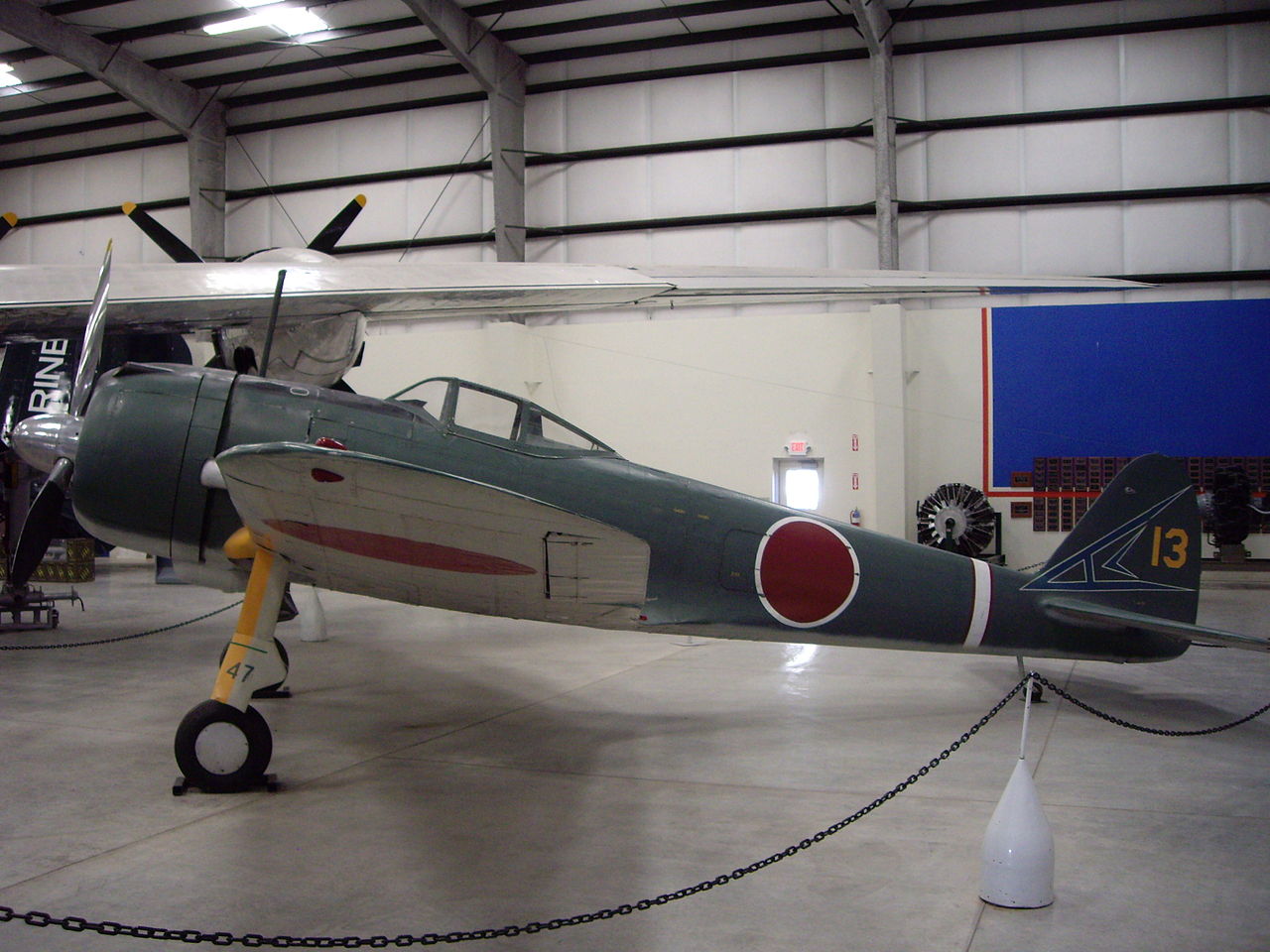In Japan, Warrant Officer Shiromoto Nauharu Hayabusa’s alleged exploits as a pilot over the Solomon Islands on January 31, 1943, have become legendary.
The Japanese started constructing an airfield at Munda, nearly midway between Guadalcanal and Rabaul, in late 1942, nearing the end of the Guadalcanal campaign. On Kolombangara Island, which is only fifteen miles from Munda and is immediately recognizable by its unusual 5,000-foot conical volcanic mountain, a smaller emergency strip at Vila was built. About 10,000 Imperial Japanese Army (IJA) and Imperial Japanese Navy (IJN) personnel would eventually occupy these two locations, which they were told to defend to the death, as detailed by Michael John Claringbould in his book Pacific Adversaries Volume One.
On January 31, 1943, a coordinated fighter sweep over the region was started from Guadalcanal at midday by the US Army Air Forces (USAAF), US Navy (USN), and US Marine Corps (USMC). Such coordinated efforts were not uncommon, and on this particular day, they included eight 67th FS P-39s, four 44th FS Warhawks, two 339th FS P-38 Lightnings, and Grumman F4F Wildcats from VMF-112 and VMO-251 in addition to these other aircraft: a truly unusual combination of airpower even for this theater!
At a height of around 20,000 feet and with excellent sight, the American formation descended toward the conspicuous Kolombangara feature. Their objective was to shoot down any hostile aircraft they came across near Munda or Vila. The fighters flew over Vila and were met by AAA, but there was no aerial opposition. They moved toward Munda since the small grassy airfield appeared to be deserted.
A lone “Nagoya-type Zero” was spotted at 13,000 feet approximately east of Munda at 14:15 hours. On this lone foe, a pair of Airacobras made an overhead pass before it banked and hid between cumulus clouds to avoid battle. It turned out to be a 1st Sentai Mark I Hayabusa (Nakajima Ki-43, Allied reporting name: Oscar), piloted by Warrant Officer Shiromoto Nauharu, assigned to Captain Kanaya Yoshihiro’s No. 3 chutai, which had just recently moved into a temporary residence at Munda from its new base at Ballale Island.
A whole chutai of Hayabusas led by Captain Fujita Juro, chutaicho of the No. 3 chutai of the 11th Sentai, had joined Kanaya’s fliers on January 29, 1943. To familiarize the unit’s less experienced pilots with the Solomons area, Fujita had brought a dispersed group of eleven Buka Hayabusa. Also, they would relieve Kanaya’s chutai, who would soon return to Ballale.
The runway at the Munda airfield was rather short and had little room for dispersal. The two Hayabusa units and a dozen Ki-48 Sokei light bombers of the 45th Sentai were housed in the same little area. The Ki-48s hurried to evacuate Munda after alerting them to the approaching Americans. Only one Hayabusa was able to take off in the chaos on the little, dusty runway: Shiromoto.
Shiromoto was one of the youngest pilots to take part in the Nomonhan Incident against the Soviets in 1939 at the age of 25. Together with the remainder of the 1st Sentai, he had also battled for Malaya and Singapore before arriving in Rabaul on January 9, 1943. Shiromoto subsequently reported that he pursued a large enemy formation of twenty aircraft, attacked it, shot down two Lightings, and brought to the collision of another pair.
Only two Lightnings, though, flew over Munda that day, and neither of them even saw a Japanese fighter, much less engaged one. Shiromoto’s distant aerial behavior briefly diverted other US pilots before they passed overhead of Munda. Unfortunately, a low cloud blocked their view, making it impossible for them to see the about twenty Hayabusa scattered throughout the airfield. The Americans left for Guadalcanal in order to avoid being subjected to AAA fire from an ostensibly empty field and the lack of any aviation threats.
Once the Americans had departed, a gloating Shiromoto returned to Munda and wowed his friends with how his aerial prowess had thwarted a significant American fighter assault. Even today, Japanese tradition honors Shiromoto for his alleged bravery and inventiveness despite the absence of any Japanese witnesses.
In the meantime, the retreating Sokei bombers left Munda and arrived at Kahili airfield on the southern edge of Bougainville. They arrived back in Munda a little while later, and Australian Coastwatcher John Keenan witnessed them travel across the Vella Gulf around 1730 hours with binoculars. The twin-engine bombers were described by him as “transport planes bound for Vila.” In one respect, Keenan was right; the Sokei had made use of their time in Kahili to collect supplies.
Shiromoto finished a tough war in New Guinea with the 11th Sentai after his imagined exploits on January 31, 1943, and he arrived back in Japan in September of that same year. He was arrested by Russians in Korea in 1945, and they punished him for his involvement in Nomonhan by imprisoning him in Siberia until 1947.
Pacific Adversaries Volume One is published by Casemate Publishing and is available to order here.
Photo by Jack Fellows via Warfare History Network and Stumanusa own work via Wikipedia


